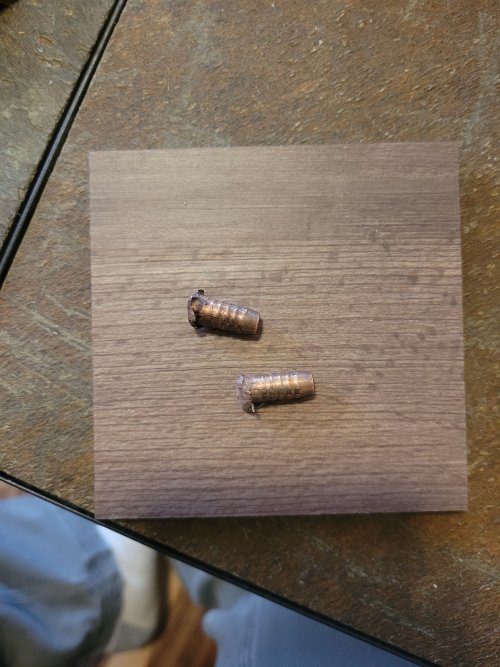El Jason
Well-known member
Actually permanent and temporary wound channels are what kill due to sudden blood loss or disruption of the CNS.What kills animal is the transfer of stored energy in the bullet into the soft tissue of the thing you want to kill, and to a lesser extent penetrative wounding. The energy is transferred through the process of deformation of the bullet. If this weren't the case we would all shoot FMJ.
Many things affect wound channels. FMJ bullets make a very long permanent wound channel, with very little temporary wound channel and tissue disruption. A hollow point will create a large diameter wound channel that is not very long. It may or may not be effective.
People get hung up on energy transfer. A fast moving HP will transfer a lot of energy, but like won’t create an adequate wound channel for hunting purposes.
Bullets moving under 2000 fps don’t create much of a temporary wound channel. The temporary wound channel is from the high velocity projectile moving through tissue and causing tissue damage, which in turn causes either additional hemorrhage or CNS disruption.








